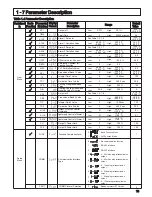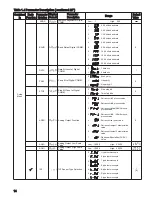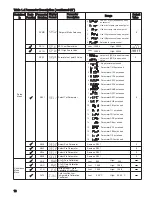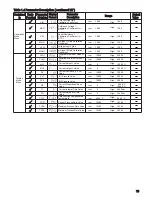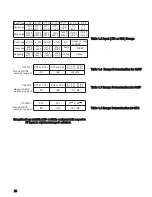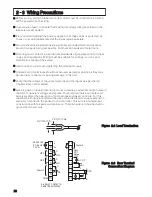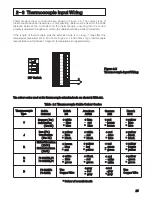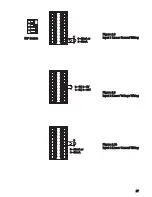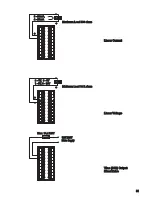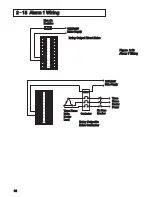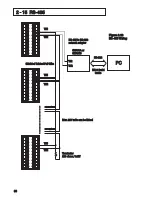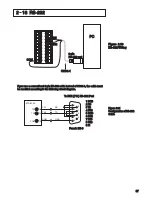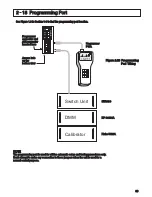
2 5 Sensor Installation Guidelines
2 5 Sensor Installation Guidelines
Proper sensor installation can eliminate many problems in a control system. The
probe should be placed so that it can detect any temperature change with
minimal thermal lag. In a process that requires fairly constant heat output, the
probe should be placed closed to the heater. In a process where the heat
d e m a n d i s v a r i a b l e , t h e p r o b e s h o u l d b e c l o s e d t o t h e w o r k a r e a . S o m e
experiments with probe location are often required to find this optimum position.
In a liquid process, addition of a stirrer will help to eliminate thermal lag. Since
the thermocouple is basically a point measuring device, placing more than one
thermocouple in parallel can provide an average temperature readout and
produce better results in most air heated processes.
P r o p e r s e n s o r t y p e i s a l s o a v e r y i m p o r t a n t f a c t o r t o o b t a i n p r e c i s e
measurements. The sensor must have the correct temperature range to meet
the process requirements. In special processes the sensor might need to have
different requirements such as leak-proof, anti-vibration, antiseptic, etc.
S t a n d a r d s e n s o r l i m i t s o f e r r o r a r e ± 4 F ( ± 2 ° C ) o r 0 . 7 5 % o f s e n s e d
temperature (half that for special ) plus drift caused by improper protection or an
over-temperature occurrence. This error is far greater than controller error and
c a n n o t b e c o r r e c t e d o n t h e s e n s o r e x c e p t b y p r o p e r s e l e c t i o n a n d
replacement.
°
24




